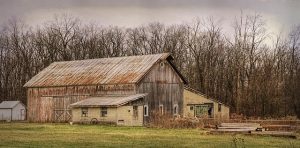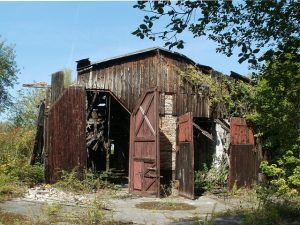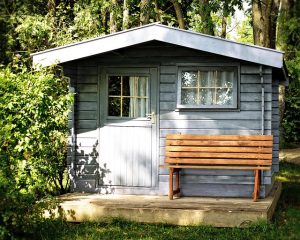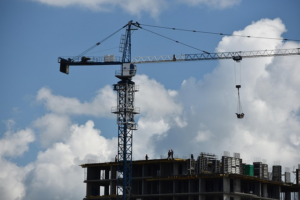Maximizing Your Shed’s Potential: A Step-by-Step Guide for Shed Placement and Design
When planning a new shed, choosing a seasoned shed builder or designer with expertise in tailoring sheds to specific needs is crucial. This professional will guide you through selecting durable materials and a reputable manufacturer, ensuring yo…….
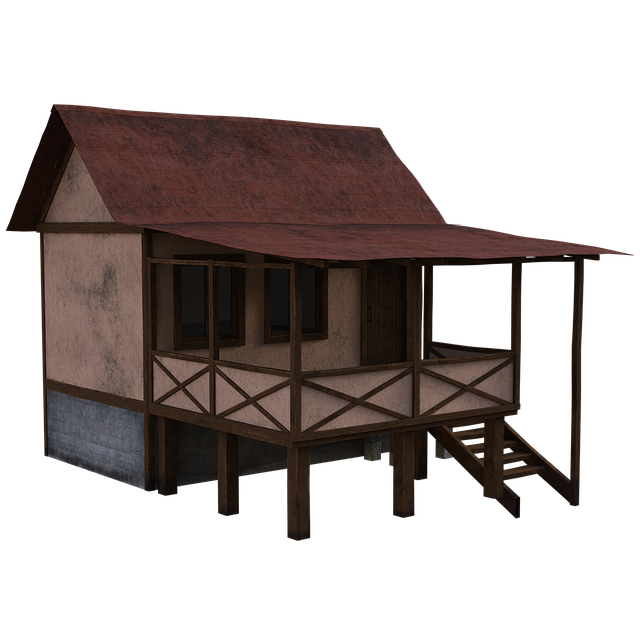
When planning a new shed, choosing a seasoned shed builder or designer with expertise in tailoring sheds to specific needs is crucial. This professional will guide you through selecting durable materials and a reputable manufacturer, ensuring your shed complies with local zoning laws and regulations. Site analysis for factors like sunlight, wind patterns, soil quality, and topography is essential for optimizing the shed's functionality and longevity. A skilled shed designer will also incorporate sustainable building practices, offering eco-friendly options such as treated timber or reclaimed wood. They will design your shed to be energy-efficient, potentially incorporating features like solar vents and LED lighting. The shed's orientation and integration with your property are key for maximizing usability and aesthetic appeal. A proficient shed manufacturer will help you navigate these considerations, ensuring your new structure is both a practical solution and a beautiful addition to your outdoor space. In essence, working with professionals in shed design and construction is the best approach to achieving a functional, sustainable, and visually appealing shed that meets all your requirements.
embarking on a shed construction project can transform your outdoor space into a versatile extension of your home. This article navigates the key considerations for planning and positioning your shed to maximize its utility, ensuring it meets your specific needs while harmonizing with your property’s aesthetic and functional requirements. From understanding your needs as a shed builder client to selecting a skilled shed designer and manufacturer who aligns with your vision, this guide also covers the nuances of site analysis, adherence to zoning laws, material selection with an emphasis on sustainability, and strategic final placement for both functionality and beauty. With these insights, you’ll be well-equipped to create a shed that not only serves its purpose but enhances your property’s overall appeal.
- Understanding Your Needs: A Guide for Prospective Shed Builder Clients
- The Role of a Skilled Shed Designer in Maximizing Your Space
- Selecting the Right Shed Manufacturer: Factors to Consider for Optimal Utility
- Site Analysis and Zoning Laws: Ensuring Your Shed is Legally Sound and Practically Placed
- Material Selection and Sustainable Practices in Shed Construction
- Finalizing Your Shed's Position: Strategic Placement for Functionality and Aesthetics
Understanding Your Needs: A Guide for Prospective Shed Builder Clients
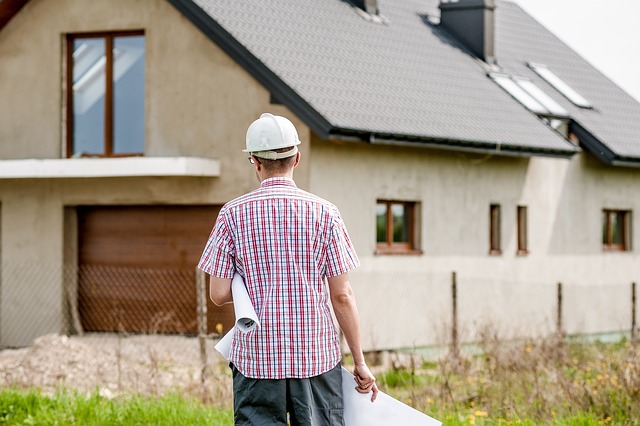
When embarking on a project to construct a shed, understanding your specific needs is paramount for ensuring the end structure serves its intended purpose effectively. Prospective shed builder clients should begin by assessing the primary function of the shed. Whether it’s for storage, a workshop, or a hobby space, your needs will dictate the size, materials, and design elements required. A shed designer brings expertise to this process, offering tailored solutions that maximize utility while adhering to local building codes and zoning laws. They can guide you through selecting a shed manufacturer whose products align with your vision and requirements, ensuring durability and longevity for your investment.
Consideration of the shed’s location is also crucial. The chosen site should be accessible for delivery and construction, as well as convenient for future maintenance. Sun orientation can affect temperature and lighting within the shed, influencing comfort and energy efficiency. A skilled shed builder will work with you to identify a location that provides optimal conditions based on your activities. Additionally, careful planning for proper drainage around the shed’s foundation is essential to prevent water damage. Collaborating with a shed designer or manufacturer early in this process ensures that all these factors are considered and integrated into the design, leading to a more functional and enjoyable space in the long run.
The Role of a Skilled Shed Designer in Maximizing Your Space

When embarking on the journey to maximize the utility of your shed, the expertise of a skilled shed designer or builder becomes invaluable. These professionals possess a keen understanding of space optimization and functional design, ensuring that every square inch of your shed serves a purpose. A seasoned shed designer will take into account the specific activities you plan to undertake within the shed, from gardening tool storage to workshop activities, and design a layout that accommodates these needs with precision. Their experience with various shed designs as shed manufacturers allows them to incorporate innovative solutions for storage, lighting, and ventilation, making your space not only functional but also comfortable to use.
Collaborating with a shed builder who is adept at interpreting your vision while adhering to local building codes and regulations can save you time and resources in the long run. They bring to the table an understanding of materials that are durable yet cost-effective, and they can suggest customizations that enhance the sheds’ longevity and adaptability. Whether it’s incorporating energy-efficient windows, selecting the best insulation for your climate, or designing a modular system that can evolve with your changing needs, a skilled shed designer and builder will ensure that your investment is a versatile space that brings you years of utility and enjoyment. Their role in planning and positioning your shed cannot be overstated; they transform a simple structure into an extension of your home and lifestyle.
Selecting the Right Shed Manufacturer: Factors to Consider for Optimal Utility
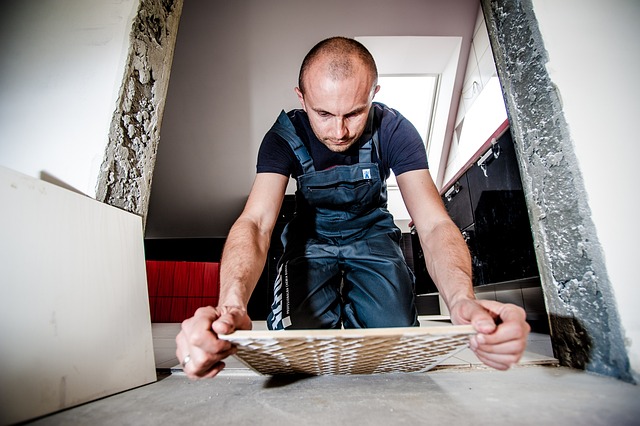
When embarking on a project to enhance your outdoor space with a new shed, selecting the right shed manufacturer is a pivotal decision that influences both functionality and longevity. A reputable shed builder not only offers high-quality materials and craftsmanship but also brings expertise in designing spaces tailored to your specific needs. Consider the shed designer’s portfolio and their ability to integrate the structure into your property seamlessly. Factor in the local climate, as a well-designed shed should withstand environmental conditions effectively, ensuring long-term use. Additionally, explore the manufacturer’s options for customization; this can range from size and dimensions to interior layout and external finishes. A shed that aligns with your intended use—be it storage, hobby space, or a workshop—will offer maximum utility. In your consultation with potential shed manufacturers, discuss your goals for the space to ensure they can deliver a structure that meets these objectives. It’s also beneficial to inquire about their experience with similar projects and to see references or reviews from past clients. By carefully considering these aspects, you’ll be well-positioned to select a shed manufacturer whose work will complement your property and serve your purposes efficiently.
Site Analysis and Zoning Laws: Ensuring Your Shed is Legally Sound and Practically Placed

When planning the construction of a new shed, it’s imperative to conduct a thorough site analysis and familiarize yourself with local zoning laws. A shed builder or shed designer worth their salt will advise that the first step in this process is to assess the potential building site for factors such as sunlight exposure, prevailing winds, soil conditions, and surrounding topography. These elements can significantly impact the functionality and durability of your shed. For instance, a location that receives ample sunlight can be ideal for sheds used for horticulture or solar applications, while an area with good drainage will protect your structure from water damage. Additionally, understanding the local zoning laws is crucial; a shed manufacturer will ensure compliance with these regulations to avoid legal complications post-construction. Zoning laws dictate setback requirements, maximum size constraints, and permissible locations for sheds on residential properties. A shed designer or shed builder who is well-versed in these guidelines can design your shed to optimize its utility while adhering to all necessary codes. This proactive approach not only ensures that your investment is protected but also that the finished shed will serve your needs effectively and without interruption from compliance issues. Working with a professional shed manufacturer who is knowledgeable about these aspects of site analysis and zoning laws can streamline the planning process, leading to a well-positioned, legally sound, and highly functional shed tailored to your specific requirements.
Material Selection and Sustainable Practices in Shed Construction

When embarking on a project to construct a shed, material selection plays a pivotal role in both the utility and lifespan of the structure. A seasoned shed builder will attest to the importance of choosing materials that not only withstand environmental stressors but also align with sustainable practices. Optimal material choices include durable, weather-resistant options such as treated timber, which can stand up to rot and pests, or sustainable alternatives like reclaimed wood, which reduces waste and imparts a unique character to the shed. Shed designers are increasingly incorporating green building principles, utilizing materials that have a lower environmental impact throughout their lifecycle. These may include eco-friendly paints and stains that minimize VOC emissions, as well as energy-efficient insulation to regulate temperature effectively.
Shed manufacturers who prioritize sustainability often engage in practices such as sourcing responsibly managed timber, using recycled materials for construction, and implementing waste reduction strategies during the manufacturing process. By doing so, they not only contribute to environmental conservation but also offer clients a product that is both environmentally sound and built to last. Additionally, integrating features like solar-powered roof vents or LED lighting in the design can further enhance the sustainability of the shed. These features, along with proper site orientation and ventilation, ensure that the structure is energy-efficient and contributes positively to its surroundings. Collaborating with a knowledgeable shed manufacturer who understands the balance between functionality and environmental stewardship ensures that the final product meets both current needs and future demands for sustainable structures.
Finalizing Your Shed's Position: Strategic Placement for Functionality and Aesthetics
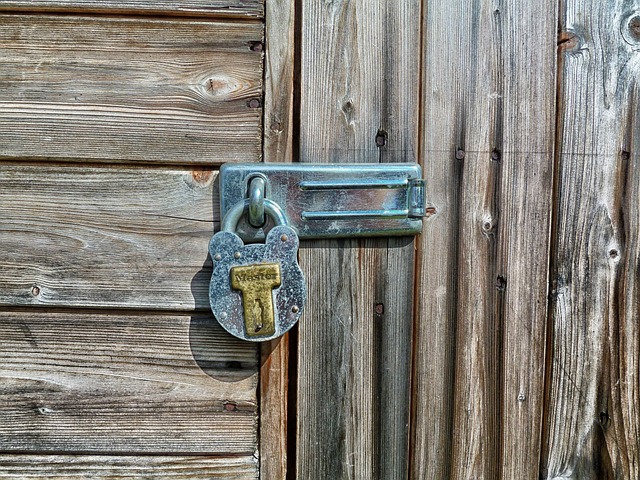
When planning to construct a shed, both functionality and aesthetics play pivotal roles in its placement. A skilled shed builder or designer will consider various factors to ensure the structure not only complements your property’s visual appeal but also serves its intended purpose effectively. The positioning of your shed can influence its utility, accessibility, and the overall harmony with your outdoor space.
To maximize utility, a shed should be placed where it can serve its function most efficiently. For instance, if the shed is for garden tools and equipment, it should be close enough to your gardening areas to minimize the effort required to retrieve or store items. A professional shed designer will take into account the direction of prevailing winds, sunlight exposure, and potential water runoff, ensuring that the shed’s placement does not hinder these natural elements but rather works with them. Additionally, a reputable shed manufacturer will provide insights on how different orientations can affect maintenance and usage, guiding you towards a decision that aligns with your daily needs and routines. By thoughtfully considering these aspects, your shed can become an integral part of your property’s layout, enhancing both its practicality and visual appeal.
In conclusion, the process of planning and positioning your shed is multifaceted and requires careful consideration of various factors to achieve maximum utility. By understanding your specific needs as a homeowner or business, collaborating with a skilled shed designer to optimize space utilization, selecting a reputable shed manufacturer that aligns with your sustainability goals, and adhering to site analysis and zoning laws, you can ensure that your shed is both legally compliant and practically placed. The choice of materials in construction also plays a pivotal role in the longevity and efficiency of the shed. Ultimately, the strategic placement of your shed, considering both functionality and aesthetics, will yield a space that not only enhances the practical aspects of your property but also its overall appeal. For those looking to engage in shed construction, the insights provided here serve as a comprehensive guide to making informed decisions with the help of seasoned shed builders and designers.
